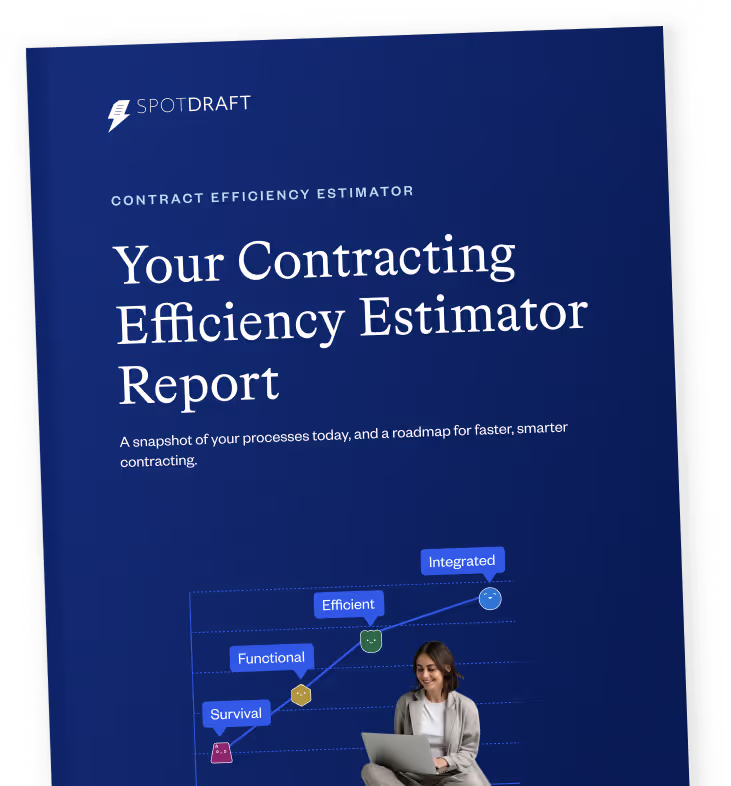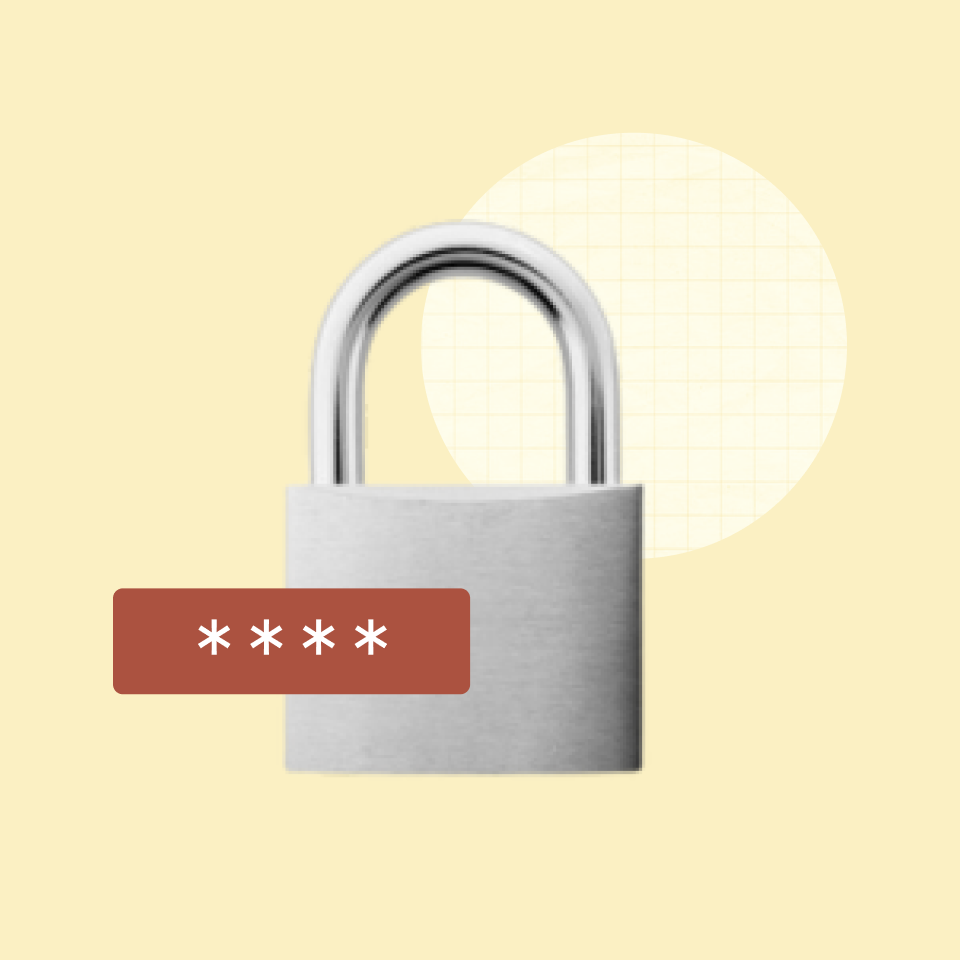Introduction
Contract management can unravel quietly. One team forgets to upload a signed document, another tracks renewals in a spreadsheet, and before long no one knows which version is final. Research from World Commerce & Contracting (WCC) shows that poor contract-visibility practices can result in up to 9% revenue value leakage annually. The solution is not more manual effort - it is creating structure, automation, and shared visibility across teams.
1. Bring Every Contract Into One Organized System
When contracts rely on “someone remembers to upload it,” opportunity for loss is high.This happens when you store contracts across email threads, personal folders, or spreadsheets. You lose visibility into which version is final and what deadlines matter. You can avoid this by bringing every contract into one organized workspace, such as a CLM. A connected system lets you store signed and in-progress agreements together, apply consistent metadata, and make every document searchable. You also give your teams a single place to check status, find obligations, and review history without jumping across tools.
2. Automate Renewal and Expiry Tracking
Many teams still rely on spreadsheets or email reminders to keep track of contract renewals and expirations. You can change that by automating alerts and visual dashboards inside your contract management system. When you do, you reduce the risk of missing deadlines, accidentally letting contracts auto-renew under unfavourable terms, or losing negotiating leverage at renewal time.
As per Freqens, automated renewal tracking improves on-time renewal actions and lowers the likelihood of financial leakage that often goes unnoticed in manual processes.
3. Create a Single Source of Truth Across Teams
When Legal, Sales, and Finance each maintain separate contract systems, version confusion is inevitable. One of the biggest delays in contracting arises from fragmented contract management systems and unclear ownership. Centralized versioning and audit trails ensure all stakeholders refer to the same document and that every change is visible, reducing duplication, minimizing risk, and strengthening confidence in the data.
4. Replace Email Follow-Ups with an Activity Log That Tells the Full Story
When contracts move across inboxes, context gets lost. Teams waste hours asking, “Where are we with this contract?” or digging through email threads to see who made the last change.
With a live Activity Log, you can solve that by automatically recording every action, from draft creation to signature. Each contract in the repository includes a detailed history of edits, comments, and approvals, all visible in one place, with a single view of what has changed and who acted when. Teams no longer rely on memory or email threads to stay informed.Everyone, from Legal to Sales to Finance, knows exactly where things stand.
5. Make Contract Data Searchable and Actionable
Many teams do not lack contract information. They struggle because they cannot find it when they need it. When clauses, renewal dates or obligations sit across shared drives, email threads or personal folders, visibility drops and decisions slow down.
You can fix this by storing your contracts in a searchable repository. A structured system lets you search across your entire portfolio for terms like “indemnity,” “termination,” or “auto renew,” even when older agreements come from scanned or legacy documents.
Research from CLOC ndicates that contract professionals take 45 minutes on average to find a completed contract, 46 % of respondents have been unable to locate a contract, and it takes an average of 84 minutes to find specific information within a contract.
Conclusion
Strong contract visibility protects revenue, reduces risk and keeps teams aligned. Scattered files, manual trackers and unclear ownership slow decisions and create avoidable leakage. Centralizing contracts in one system and automating renewals, workflows and search makes information accessible whenever teams need it.
In 2026, the most efficient legal and commercial teams will be the ones that treat contract visibility as a core operational practice. Bring every agreement into a unified workspace, automate reminders and make contract data easy to find and act on. The result is faster decisions, fewer misses and far more control across your entire contract portfolio.
FAQ
Q1. How do I stop losing track of contract versions and signed documents?
Many users report frustration with scattered contract copies across drives and email threads. The solution is to centralize all contracts in one searchable repository with tagged metadata and version history. This ensures everyone involved can find the final signed version quickly and maintains continuity even when team members change.
Q2. How can I avoid missing contract renewal deadlines?
Manual spreadsheets and email reminders are often unreliable. Automated lifecycle tracking with alerts and dashboards based on contract metadata like expiry dates and notice periods helps teams proactively manage renewals and prevent unwanted auto-renewals, resulting in measurable cost savings. Razorpay’s What Is CLM? guide notes that modern CLM tools “track key dates like renewals and milestones” and generate timely alerts, while insights from the Freqens blog reinforce how automation prevents accidental auto-renewals and reduces financial leakage.
Q3. How do I ensure all teams (Legal, Sales, Finance) are looking at the same contract information?
Version confusion is a major delay source when departments use separate systems. Implementing a centralized contract management platform with audit trails and role-based access guarantees a single source of truth, reducing risk and improving transparency.
Q4. What’s a better way to track contract progress than emails and spreadsheets?
Structured workflows representing contract stages—draft, review, approval, signature—enable automatic routing, status updates, ownership assignment, and task visibility. This automation replaces manual, error-prone tracking and reduces cycle time significantly.
Q5. How can I find key contract data quickly within a large portfolio?
Teams struggle because contract information is buried in unstructured folders or scanned docs. Document repositories with full-text search, clause tagging, and AI-powered analytics can locate terms like “indemnity,” “termination,” or “auto-renew” instantly across contracts, improving operational speed and confidence. Research from CLOC points to centralized access as a core capability for improving visibility and speeding up internal decision making.
Q6. What are common pain points in contract management software users discuss?
Users often mention the complexity of integrating CLM with existing ERP or procurement tools, training costs, resistance to change in legal teams, and fragmentary systems that create information silos. They emphasize choosing platforms with good integration capabilities and user-friendly workflows tailored to legal, sales, and finance roles .


.png)







